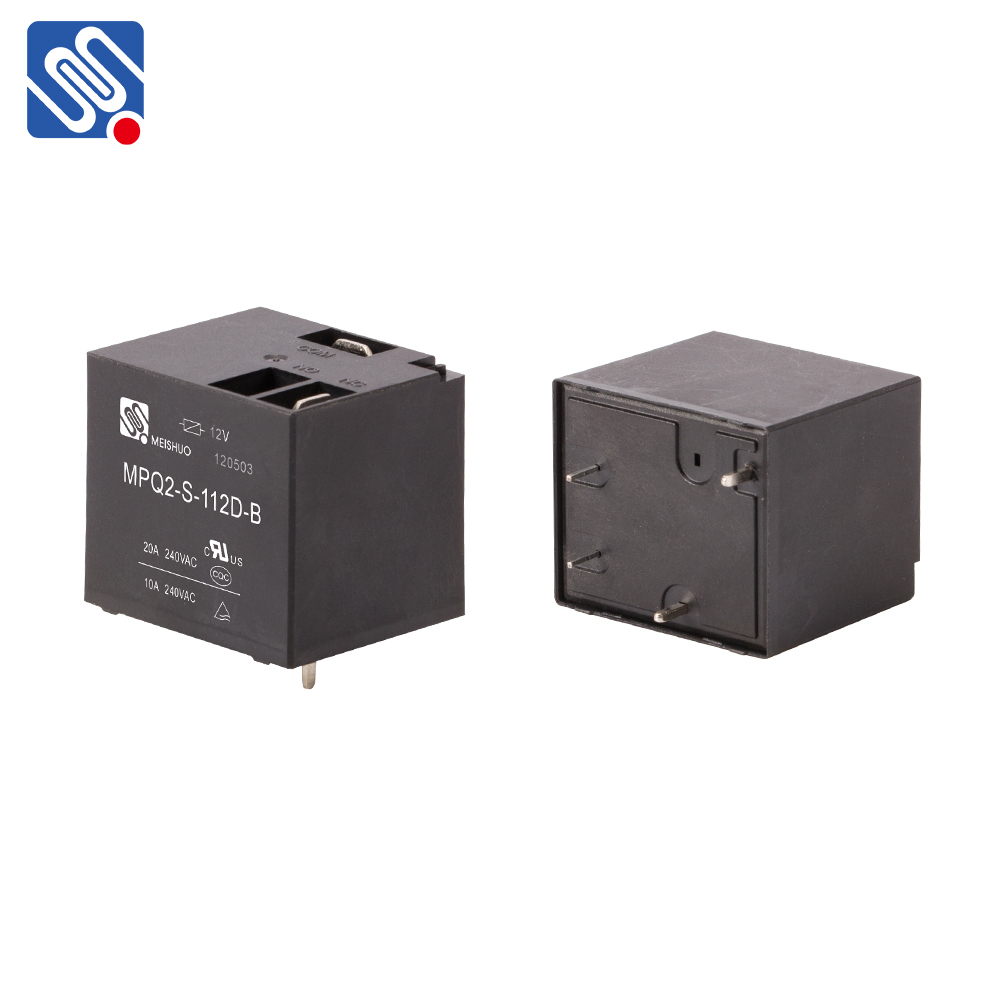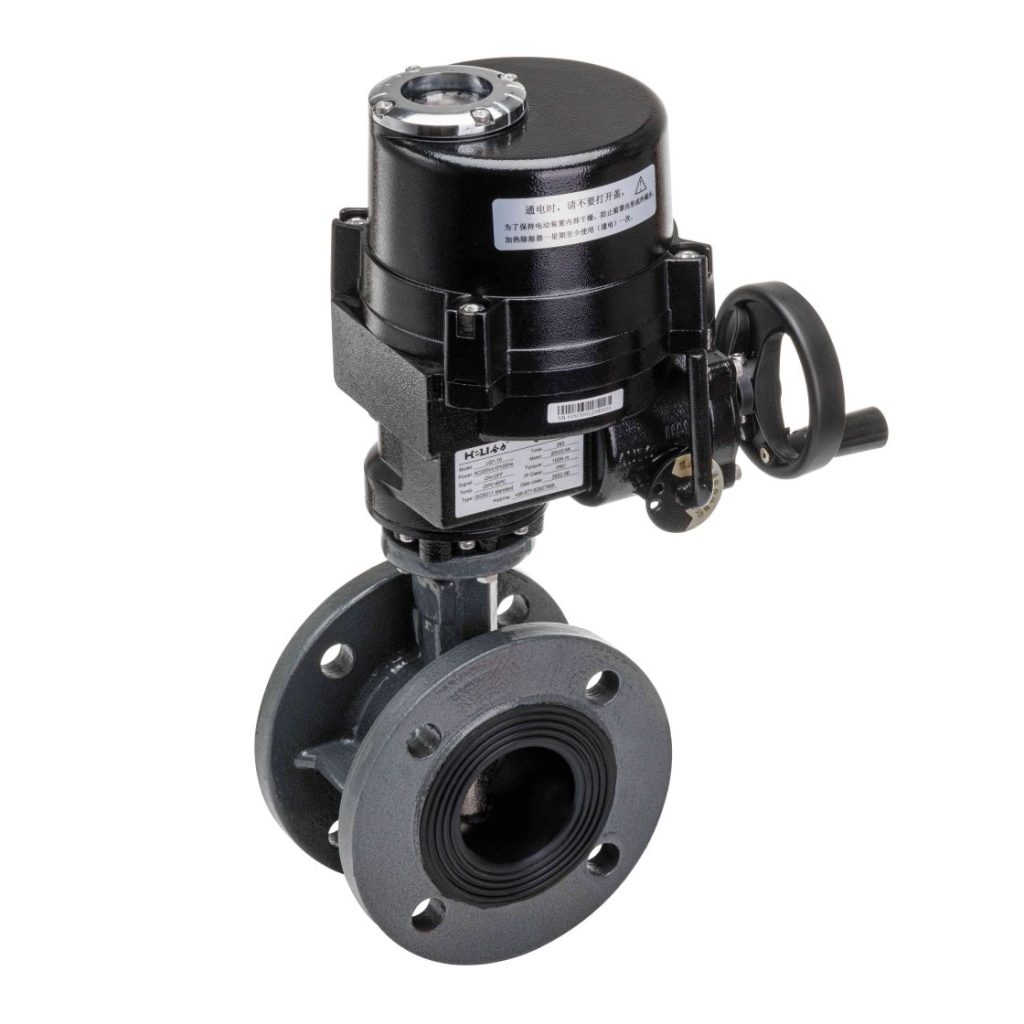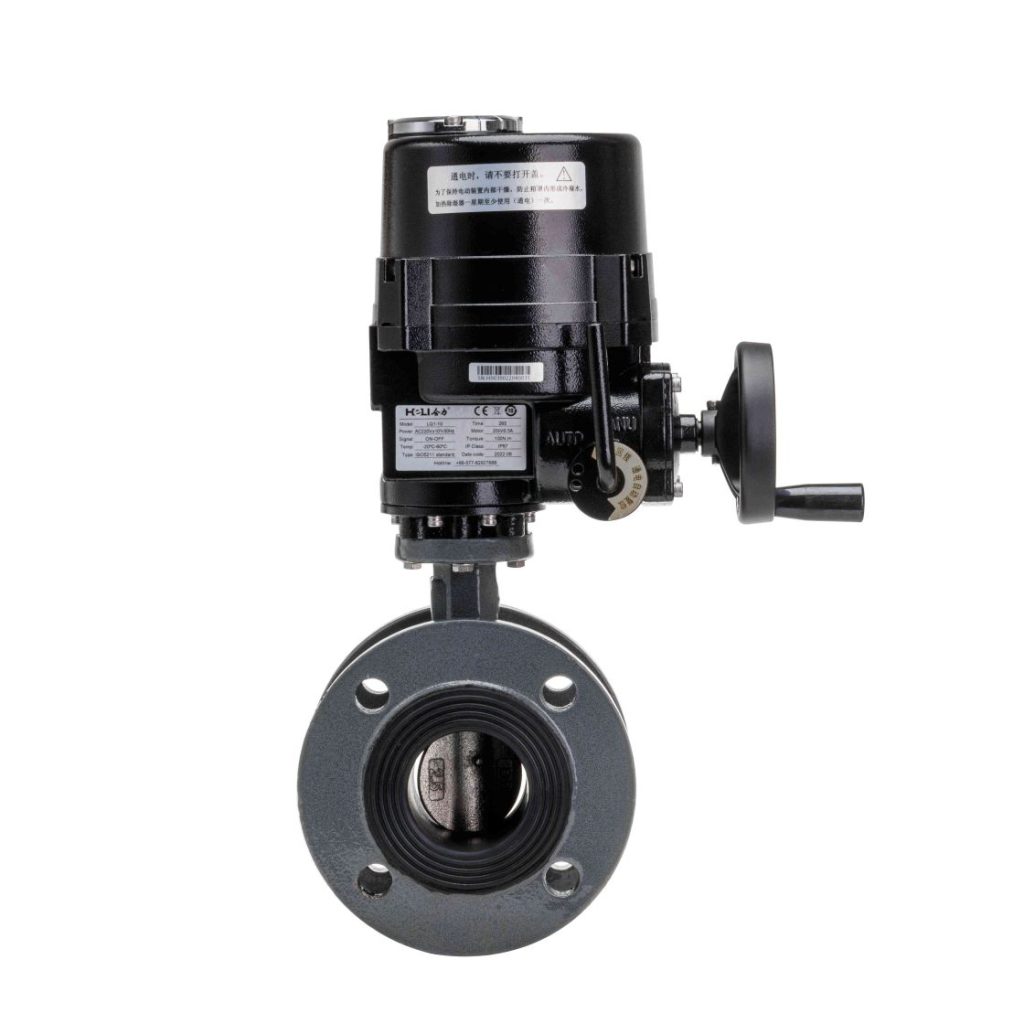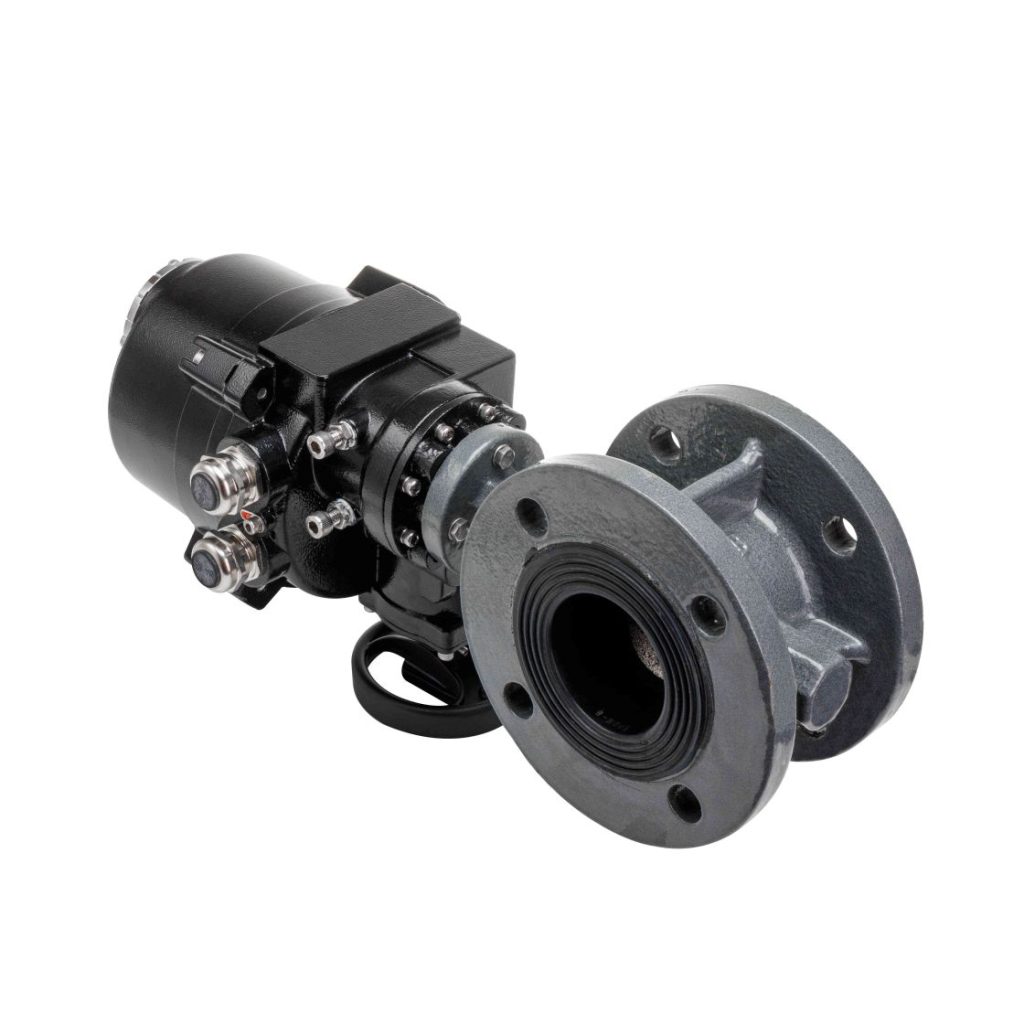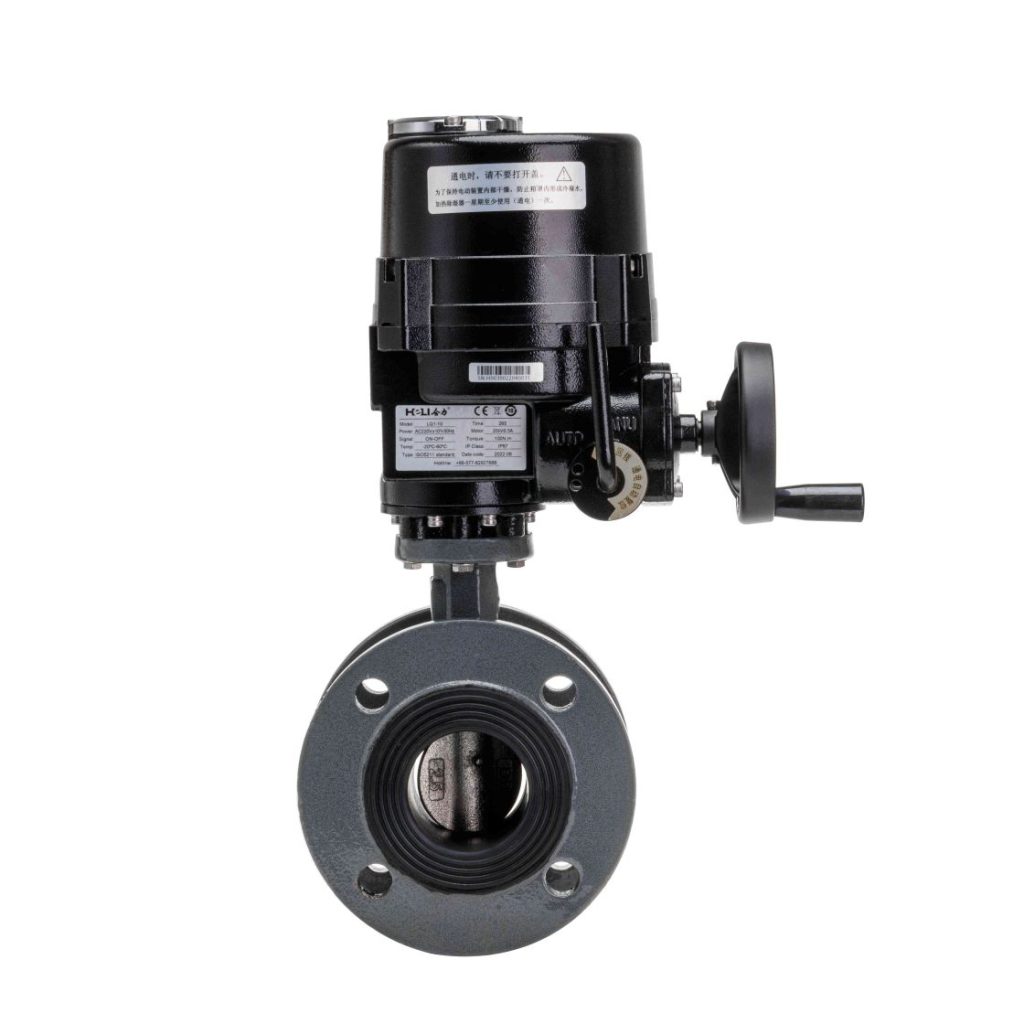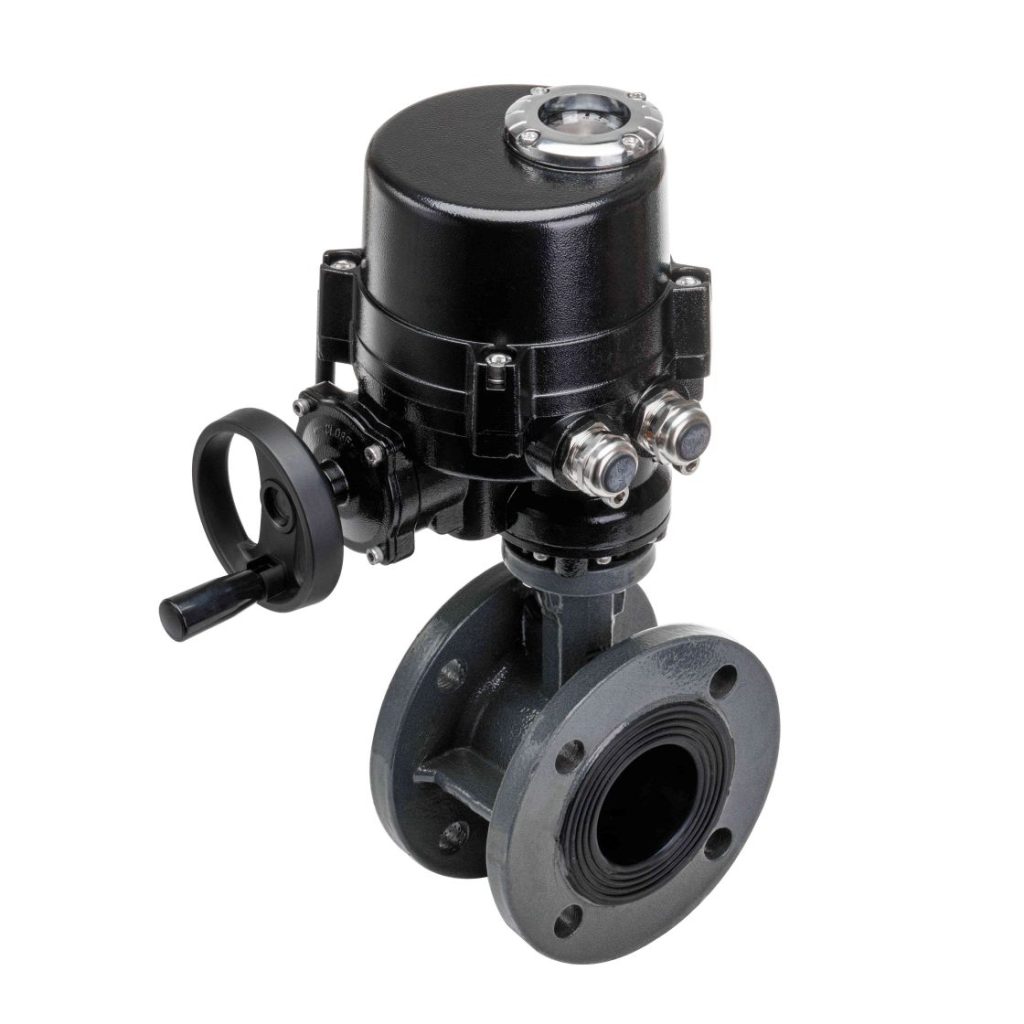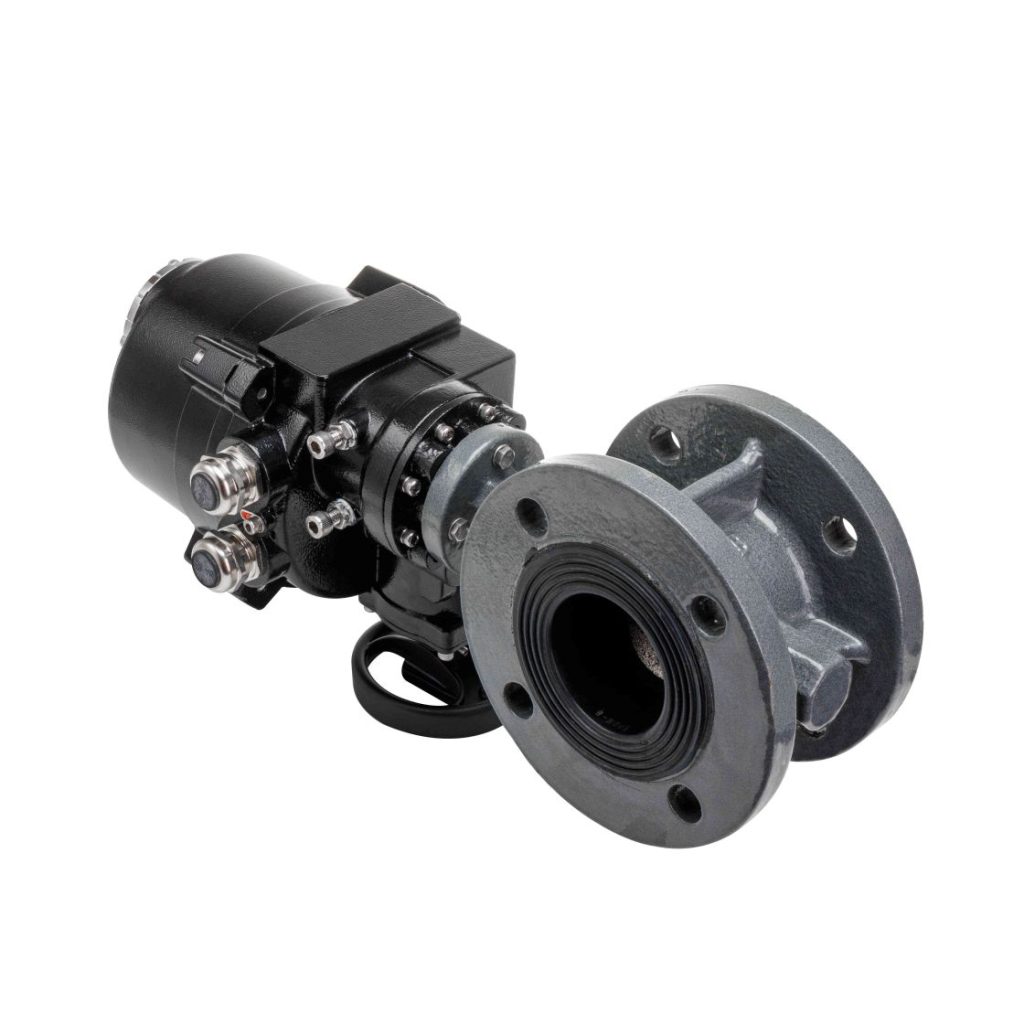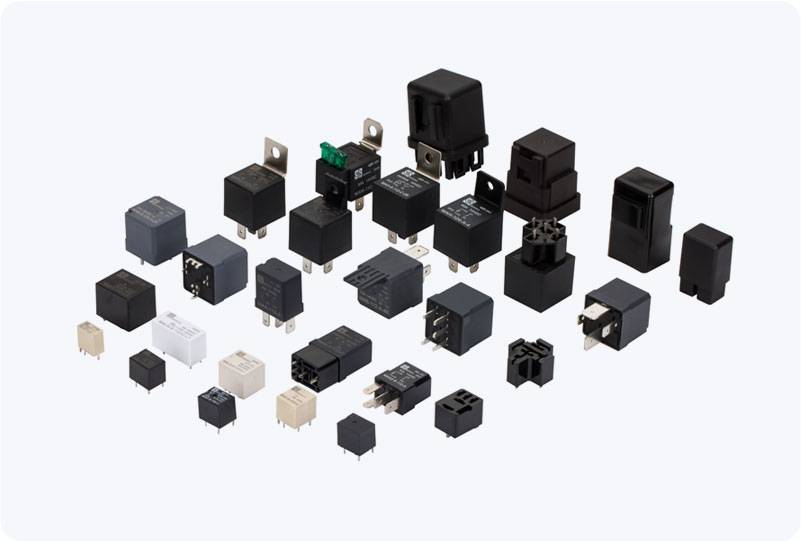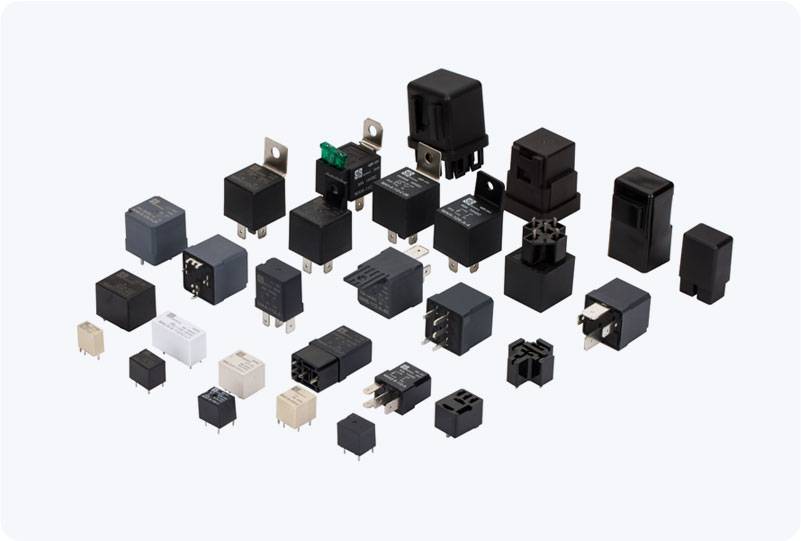In industries around the world, safety is the number one priority. From manufacturing plants to power stations, ensuring that machinery is properly locked out during maintenance or servicing is essential to prevent accidents. One of the most crucial safety devices used for this purpose is the lockout hasp, a simple but effective tool that allows multiple workers to lock out a machine or equipment with their own locks. Bulk Lockout Hasps Suppliers provide these devices in large quantities, meeting the growing demand for workplace safety solutions.

What Are Lockout Hasps? A lockout hasp is a device used in lockout/tagout (LOTO) procedures, where multiple workers are involved in the de-energization of a machine or equipment. It is designed to hold several padlocks on one piece of equipment to ensure that no worker can turn on the machine while it is under maintenance. The hasp is attached to the equipment’s lockout point, and each worker adds their own lock to it. The equipment can only be restarted once all locks are removed, ensuring that all maintenance tasks are complete and that no one is at risk. Lockout hasps come in various sizes and materials, from basic steel versions to non-conductive plastic models suitable for electrical work. They can hold anywhere from 2 to 12 locks or more, depending on the size of the equipment and the number of workers involved.

